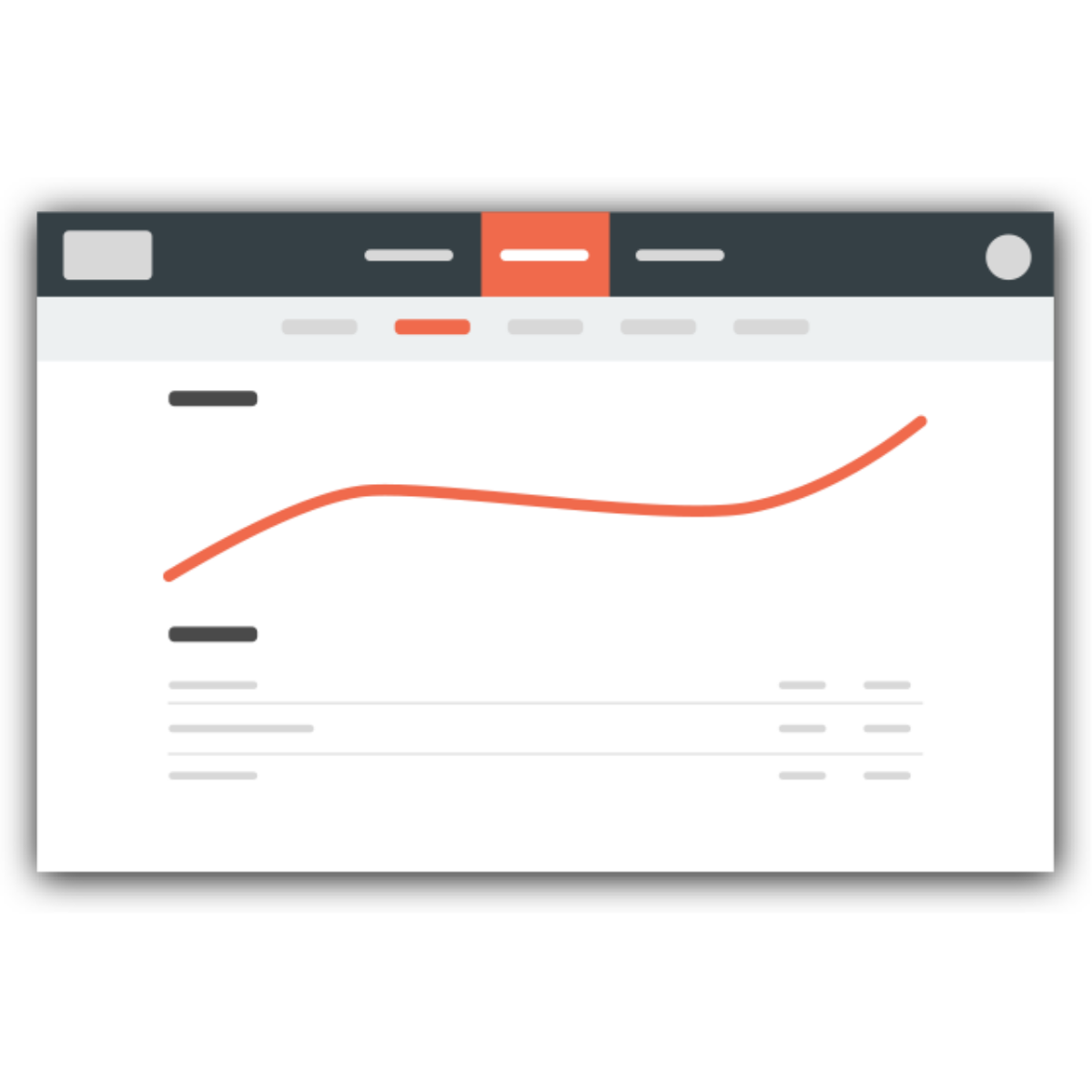We pulled together this post to help sum up some of the ways to tackle analytics, from log based, events, private hosting. Developers have a rich array of solutions available to them.
Many of the solutions come down to, what is the initial setup, ongoing administration AND will my team use it.
Our pitch at Nudge to developers, is the low admin option. You install the code once. Then the marketers on your team can configure if they need to. But that’s it, no spinning up a VPS, running updates, onboarding, or debugging SQL queries.
If you’re perusing HN, Twitter or Reddit, there is a few threads around Google Analytics alternatives, or getting off Google. With concern around tracking, use of data but also the limitations of a free system. The complexity of GA has risen over time making it unusable for some. And a desire for going beyond vanity metrics.
To sum up some of the options:
| Type of solution | Examples |
| Self hosted | Matomo |
| Log analysis | Loggly |
| Free | Google Analytics |
| End to end | Nudge |
| Ingests your events | MixPanel |
Think about the users for your analytics
Who else needs to consume or action this? Simpler and user friendly is important when considering other members of the team.
Shift from vanity metrics to quality metrics is shifting from what to why
If you can shift from vanity to quality metrics, you can go from the result you are getting to the why. And when you understand the why, you can drive improvement.
Examples of this are attention, scroll, engagement rate, drop off.
When you layer this by URL, type of content, traffic source, you begin to uncover the why’s.
An example, Nudge measures each second someone is on the content, because that is the closest approximation of value to the end user. If they’re reading the content, it is giving them value. Other systems tend to over report, or skew up, or wait till you click another link.
Using your analytics to build off of
You can fetch data from your analytics system to enhance or improve your own workflows, products or enrich other data.
For example
Building a content recommendation based off customers content consumption.
Importing data in to your workflow, i.e. this piece of content is below benchmark, please rework.
Push data in to Slack, or a Google sheet.
Explore Nudge
- See all our metrics, terminology, how we measure them, what they’re analogous too and why we think they’re important.
- More on the data we capture and why.
- Access a demo account here, and login with devdemo/devdemo123
- View the API documentation.
How about tracking in secure environments or headless content
Lets say you are a bank, and you’ll like to see how content is performing, behind the log in. With Nudge you can use a URL override, and insert a contentID or hash the URL, then retrieve the data via the API. This lets you leverage the Nudge infrastructure, process, then retrieve and decision accordingly.
More here.
Centralising disparate content in one place, Nudge lets you pull in content from multiple properties or destinations in one place.
Privacy doesn’t need to be a tradeoff to getting good feedback on content.
The system uses first party cookies, hashes user data, so its not retrievable. Other systems track users across websites, or profile visitors to sell ads to competitors. With Nudge the data stays within your eco system.
User friendly
The product is built up, so that it is fast and easy for marketers to use. Extensive training or onboarding isn’t needed. They can log in and configure it.
It’s not just analytics
Data that isn’t actioned isn’t any value, Nudge creates automated insights to help improve content, make better promotion decisions, to collaborate. Nudge users spend up to 6 hours/week in the dashboard, getting feedback and making changes. Creates a virtuous cycle of continuous improvement.

|
|---|



